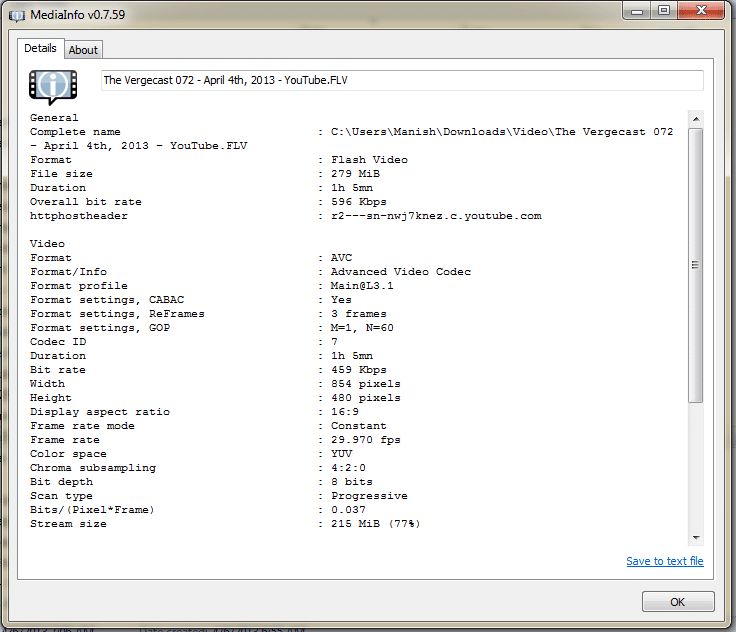Thousands of startups are being launched every day, thousands of software gets launched the market every weekend. Thanks to the unique key encryption and digital protection, it is very unlikely that any other software will ever be able to play their file types. Thanks to the internet we torrent and download heck lot of things. Let’s just steep down to media files, about five years ago, the only few formats you every played were mpg, mp4, avi, mov and wmv. Today, we literally have tons of media file formats (codecs as well as containers), say m4v, mkv, m2ts, rmvb, asf, webm, ogv and whatnot. Another problem we face every now and then is dealing with files that have no extension at all. So, how do you open a file named “important” with no extension? To get yourself out of this maze and fix the moxie characteristic of your files, here is what you are supposed to do.
Get FileInfo
One of the simplest ways to gather information about a particular extension is to look for it on the web. File Identifier is a great tool that integrates your existing Windows file menu with the paramount resource of a file-type database, FileInfo. You can either visit the website and search for a particular extension and gather all the information or simply right click on the file and select ‘Show file information’. FileInfo is a great website that not only tells you the information about the file extension you are annoyed with, but also the apps you would need to access such files on your Windows/Mac/Linux system.
Open the file with OpenWith
Another great website to tinker with while dealing with cagey files is OpenWith.org. Open With too has a large database and probably knows about the extension you are looking for. OpenWith comes with its app that works even when you are offline. OpenWith too can determine the software you will be requiring to access the file once you are assured that it isn’t a malware after all.
Assemble the pieces with TrID
TrID is another nifty utility which once asked, analyzes the file from its gigantic file definition of around 5000 extensions and pulls out all the information you need about that particular file format. TrID comes as both command line and GUI version. While the command line version will require you to put arguments, the GUI version is much pleasant to work around on. TrID also offers online scanning; once the file is analyzed it provides you the Wikipedia or any other trust worthy link for more information about the extension. With TrID, you can also investigate the files that have no extensions.
Research the extension with WolframAlpha
Wolfram Alpha is a powerful answer engine that uses the computational power of something they call Mathematica software which scans through the data available in public domain. Instead of matching your questions to an answer that is already there on the web, it tries to understand the context of your problem. It also integrates its search result with your Facebook feed.
Strengthen your Windows library
So we know Windows automatically suggests the software it thinks you could use to run a file with a stump extension. But the fact that you are here tells me that it didn’t work, or at least you don’t really rely on it. To fortify Windows app cache library, install OpenWith Enhanced.
OpenWith Enhanced replaces the existing Windows Open With dialogue box. The replacement looks pretty much similar in terms of look, only it suggests more app suggestions for your files.
Get more information about a media file
If it is a media file, and you want to know the parameters such as writing library, container and codec information, bitrate and dimension of the file and more, you could try Media Info. Media Info comes with the open-source media player K-Lite-media-player.
Apart from this, you can also use universal file players such as Universal Viewer, Haihaisoft player etc that will help you run files of any kind.










